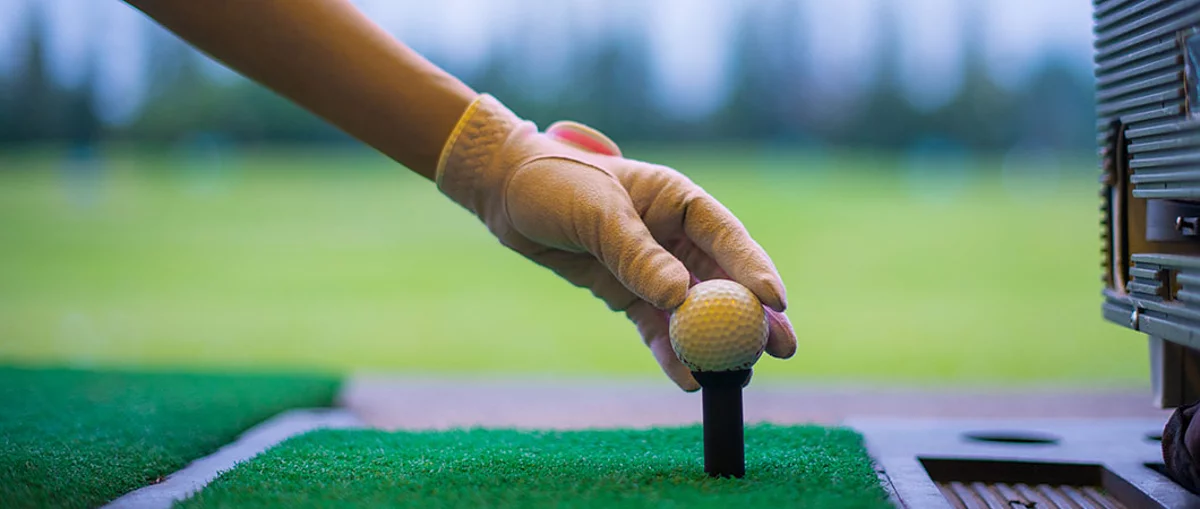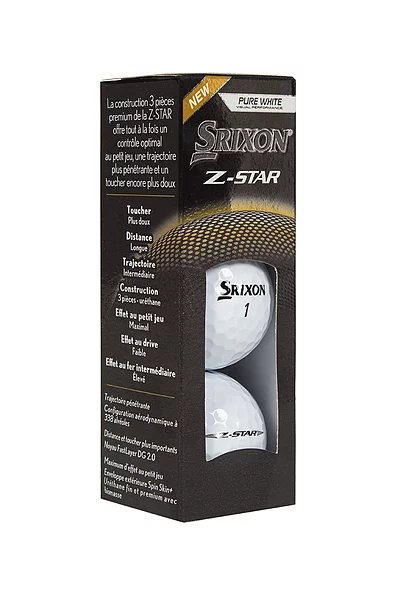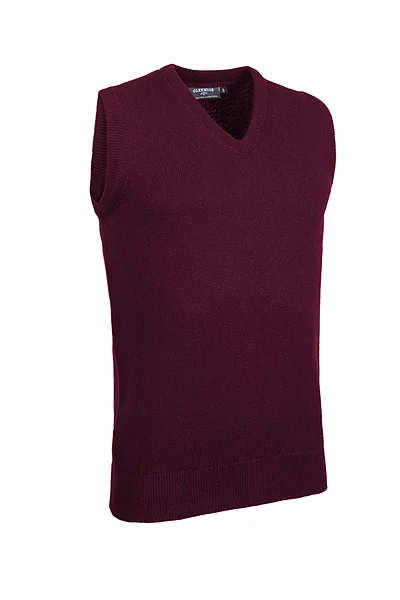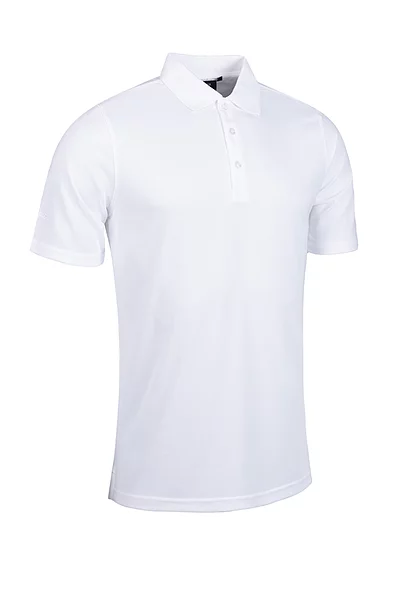Table of Contents
- Why do golf balls have dimples?
- Different dimple patterns
- How many dimples: Golf ball estimates
- The evolution of golf ball dimples
- What is the ideal dimple range on a golf ball?
- How many dimples on the pros' golf balls?
- Other considerations
- Visit Glenmuir for all you golfing needs
- FAQs
- Final thoughts
You might, understandably, give little thought to the dimples on a golf ball. But the answer to how many dimples a golf ball has is more important than you might think.
The dimple pattern on a golf ball affects a whole host of factors such as air resistance, distance and trajectory.
And, not all golf balls are the same; there is no one-size-fits-all. This is why it's essential to understand what dimples mean in terms of your game if you want to be the best golfer you can be.
In this article, we will tell you how many dimples an average golf ball has and exactly why it matters.
Why do golf balls have dimples?
Golf ball dimples are not for aesthetic purposes; there's a real science behind them.
Let's talk through what exactly they are and how golf ball dimples work.
Golf balls have dimples which are small indentations on the surface that look like very small craters. These dimples vibrate the air around the ball when it is in the air, reducing drag.
This means the ball will travel further than it would if the dimples were not present.
If a ball were smooth, the airflow would quickly pass over the top of the ball, creating turbulence behind it. This would cause drag on the ball and force it downwards towards the green sooner. Thanks to the dimples, however, there is some resistance created, meaning less of this drag, which means the ball flight can be higher and further.
This is why earlier golfers noticed that those balls that were older and had dents worked more effectively than a brand-new ball with a perfectly smooth surface.
Different dimple patterns
Most, but not all, dimples are spherical.
They also usually follow a pattern where one will be a shallow dent, followed by another deeper dimple across the ball's surface. Many golf ball manufacturers will change the ball's interior characteristics before they will alter the dimple pattern and design.
A few years back, Callaway golf balls were introduced where the dimple pattern was hexagonal and proved to be very popular as it was the first time a company had changed the overall pattern.
It's argued by some that the shape of the dimples can affect a golf ball's performance characteristics. While the traditional shape was sphere-shaped dimples, some modern golf manufacturers are testing the waters with additional shapes that implement the laws of aerodynamics in order to improve performance at the top level.
How many dimples: Golf ball estimates
Golf balls have approximately between 250 and 500 dimples on them; quite a feat for such a small ball. The average golf ball has 336 dimples, and all of these must be symmetrical.
However, there is no upper limit on how many dimples there should be; one ball was invented with over 1700 dimples on it, but the fact that the manufacturer discontinued it gives the impression that often less really is more.
The evolution of golf ball dimples
In the very early days, golf balls consisted of nothing more than leather balls filled with goose feathers and were used successfully for hundreds of years.
As the game of golf began to grow in the mid-1800s, however, golf balls began to be created from the gum of the sapodilla tree. These balls were perfectly round and smooth.
Players soon began to discover that those balls with cuts or accidental indents would move through the air both further and straighter. In 1905 the first patent for a dimpled golf ball was filed by William Taylor, an English golf ball manufacturer and engineer.
Fast forward to almost 120 years, and dimples are viewed as one of the most important features of a golf ball.
As you can see, golf ball dimples happened by complete chance and not by design. The early golf balls of the 1800s are a far cry from the state-of-the-art golf balls readily available on today's market.
After Taylor's creation, many other manufacturers began to follow in his footsteps as they too learned of the benefit of the dimple pattern. This led to the advancement of dimple science in respect of ball flight, as well as other technologies to maximise distance and control.
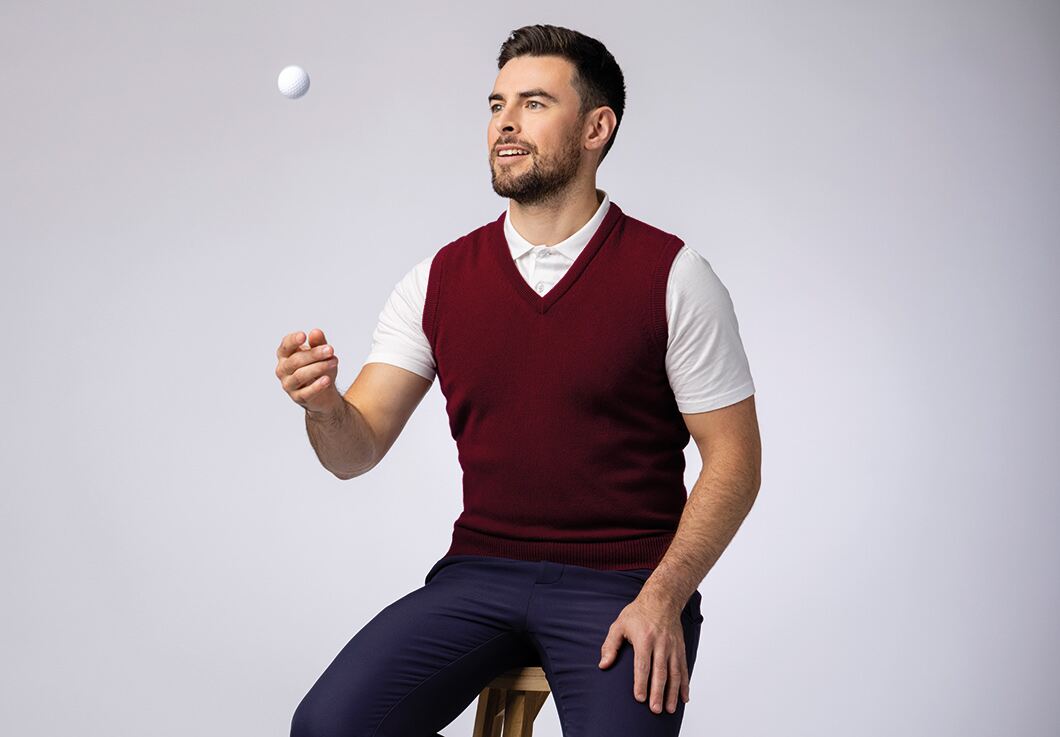
What is the ideal dimple range on a golf ball?
If you are looking for a new golf ball for either regular or practice use, then you need to know what the ideal dimple range is. As the range of dimples is so wide, that's not always an easy task.
The best number of dimples on a branded golf ball is determined by a host of factors, as well as the player who will be using it.
The most important things to consider when buying a golf ball are the depth of the dimples as well as the edge angles and shape. These features really come into play when the ball is in the air. Golf balls that have fewer dimples will be too smooth, making the flight of the ball unpredictable and affecting its overall speed.
However, a ball with too many dimples will slow the ball down and reduce its spin affecting the air pressure around the ball. So as you can see, deciding on how many dimples you should consider isn't always straightforward.
The optimum number of dimples on a golf ball should be anywhere between 220 and 430; this is considered by many golfers to be the perfect range. Having more or fewer dimples on a golf ball will make the ball unpredictable and ultimately affect your game.
How many dimples on the pros' golf balls?
The American golf balls used in the PGA tour in 2020 were designed with a minimum of 322 and a maximum of 376 dimples.
If it's good enough for the pros, you might think sticking close to this number would be recommended. But, not necessarily.
Professionally-used golf balls are a specific variety, and professional players prefer a specific ball type with a particular type of dimples. The reason for this is, as you would imagine, is that these balls are easier to control.
And, if you are a seasoned golfer, you could very well benefit from a golf ball that has a similar amount. Less experienced players, however, may want to consider slow-moving balls because they have less spin.
But, when it comes to the professionals, they will perfectly utilise this spin to turn a game to their advantage; they get a superior golf height, a better backspin and a more controllable ball flight.
Other considerations
It's not just the dimples that will affect your game. The smoothness and distance of the golf ball's flight depends on a few other key considerations, including:
-
How much spin and lift the ball has
-
The drag and resistance
-
The weather - windy days will always cause trouble for golfers
There are certain instances when dimples just won't allow you to overcome everything. Although they can lead to reduced drag and resistance from the air surrounding the ball, any golf ball will feel the effect of these forces, albeit much less than if it were a smooth ball.
Visit Glenmuir for all you golfing needs
We at Glenmuir have been in the business since 1891, so there's not much we don't know about golfing apparel.
Who doesn't want to look their very best on the golf course? And, with Glenmuir, you can. We have a huge selection of men's and women's clothing and accessories to have you looking and feeling top of your game.FAQs
How big are golf ball dimples?
How big are golf balls?
What weight should a golf ball be?
How should I care for my golf balls?
The best way to care for most golf balls is to store them in a cool, dry area of your home, away from any cold draughts or other areas where the temperature will fluctuate.
When it comes to washing them, simply place them in a bucket of warm, soapy water for 20 minutes before scrubbing them with a rag or old toothbrush. You can also place them in the top rack of your dishwasher if you prefer, but this option is usually reserved for golf balls that aren't overly muddy or dirty.
How long do golf balls last?
How will I know when I need new golf balls?
Final thoughts
And there you have it: on average, there will be 336 dimples on a golf ball, but, as we mentioned, how many dimples a specific golf ball has will vary from model to model.
These dimples serve a very important function; a smooth surfaced golf ball would never work in the modern golf world because the ball would quickly come back down to earth soon after you hit it with a golf club. The dimples on a golf ball determine exactly how it's going to travel in terms of how straight, how high and for how long.
The best golf balls, however, have a brilliant balance between depth, size, and the number of dimples. The best way to find the perfect dimple pattern is to try out as many golf balls with as many varieties of dimples as you can.
Take your time when doing this; by finding the right number of golf ball dimples, you will quickly begin to see how it can significantly affect your game from the off.
The ball's dimple pattern and count will usually be printed on the golf ball itself, as it's important to know exactly what you are working with on the golf course.
However, if they aren't, be sure to check the product description on the manufacturers' website or the packaging so you can use this information to your advantage and ace your next round of golf.
